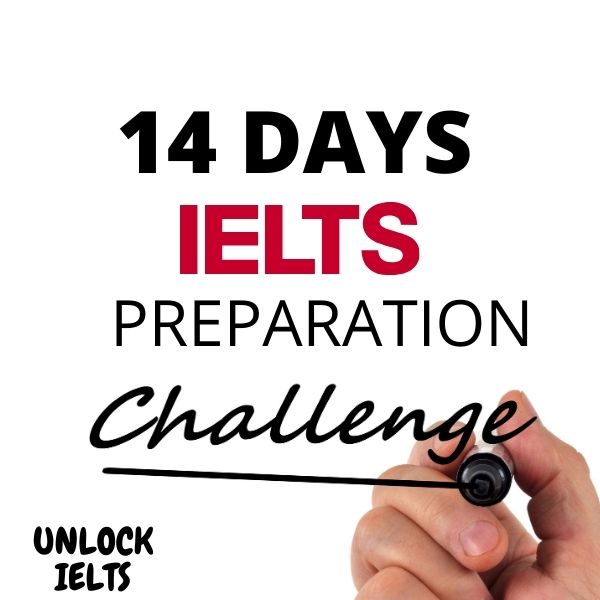IELTS (International English Language Testing System) is the world’s most popular English language proficiency test for global migration and overseas education. IELTS is trusted by more than 1000 organizations globally. Developed by a range of language experts, IELTS studies the English skills needed for achieving a good position in your job or to pursue higher studies.
What is the Base of Assessment Criteria in IELTS?
Developed by a learned group, the IELTS test assesses the aspirant based on-
- Listening
- Reading
- Writing
- Speaking
How many Modules does IELTS have?
There are 2 types of IELTS modules:
Academic module
This module is suitable for those who wish to pursue a degree course overseas or in an English speaking country.
GT or General Training Module
This module is suitable for the one who wishes to migrate to an English speaking country.
Both Academic and GT modules assess the student based on the above-mentioned criteria. The modules differ in the writing and reading sections.
IELTS Writing Test
The writing component of the IELTS exam is designed to assess response, the framing of the ideas, use of vocabulary, and the level of grammar. It comprises of 2 tasks which need to be completed within 60 minutes.
Although the writing components are different for both the Academic and GT Module, the test structure is quite similar:
Similarity: Academic and GT IELTS structure
- Duration- 60 minutes
- Tests consist of 2 tasks
- 1ST task word limit- 150 words
- 2nd task word limit- more than 250 words
- 1ST Task concludes for 1/3 score
Difference: Academic and GT IELTS Structure
- The General Writing task asks you to write a letter, whereas the academic writing task demands an interpretation of the data which is in the form of a chart, bar graph, pie chart, etc.
- Under academic writing, your writing tone has to be a formal one while you share flexibility of tone under GT.
Criteria for Achieving a 7+ Score in IELTS Writing Section
Well, to score 7+ in any of the section, you need to invest all efforts into:
- Task achievements/ Task Response
- Coherence and Cohesion
- Lexical resource
- Grammatical Range and Accuracy
IELTS Writing Section Assessment Criteria
Task Achievement
Summary in academics and letter in General writing
Task Response
Essay in both Academics and General training
What Happens under Task Achievement?
Under task achievement, you need to write a letter with proper format and greetings. In the letter, answer the question to the level of satisfaction of the examiner. Use the right tone, right greetings considering the letter type.
The introduction plays a crucial role in letter writing.
In the case of academic writing, you need to write a summary of the question asked in the form of a line graph, bar chart, pie chart, table format, or a combination. Give an appropriate description in sync with the question asked.
What happens under Task Response?
It is a part of both general and academic training wherein you need to answer the question in 250 words discussing both sides of the questions. In contrast with task achievement, here you need to talk about both the worlds supporting it with examples and facts. Refrain from presenting ideas in simple sentences rather develop a strategic framework to streamline the facts and answer the question.
Coherence and Cohesion
Coherence is the ability to be understood and being logical while Cohesion, on the other hand, refers to the act of forming a whole unit and connecting different ideas. Words like in addition to, as well as, and are considered as sentence connectors.
To be precise, coherence and Cohesion judge the applicant’s ability to connect different ideas and organization. It demands appropriate usage of the words and a variety of linking words. The paragraphs should seam effortlessly connected.
Avoid using repetitive words.
Coherence Structure
With Coherence, you need to be logical and thus, need to follow a sequential writing structure.
Example : Here is the essay (task 2) framework you should follow:
- Introduction
- Body Paragraph 1
- Body Paragraph 2
- Body Paragraph 3 (optional)
- Conclusion
Essay Writing Structure
Essay Writing is a crucial aspect of IELTS writing assessment and is the most challenging part for scoring well. In essay writing, you can begin by paraphrasing the question, thesis statement, cover the first paragraph writing and explaining the main issue and supporting it with relevant facts and examples and end it with a closing statement, follow the same pattern for paragraph 2 and 3.
For concluding the essay (in my opinion / to sum up), you can paraphrase the question and explain your opinion on the topic.
Grammar
In the writing task, you need to have impeccable grammar and the potential to use the range of grammar with accuracy. Grammar holds the crust of the writing section, so you should practice mastering grammar by writing summaries and essays. For scoring above 7 in your writing test, it is imperative to dedicate good hours practicing a different range of grammar.
- Tips for scoring well on vocabulary Part
- Avoid using informal language
- Avoid repetition of the words
- Use correct words for sentence arrangement
- Adopt the right tone for your writing structure
- Use synonyms
So, you must have caught hold of what IELTS is and what are the assessment criteria of the Writing section in IELTS, and how you can score well in the section.
Guide to the Writing Assessment with Unlock IELTS with Richa
If you are seeking a complete guide to writing assessment, then you can subscribe to the Unlock IELTS with Richa. Here we aim at providing a complete overview of how you can score well in the writing section.
Have I missed out on something? Feel free to drop your query in the comment section.













Write a public review